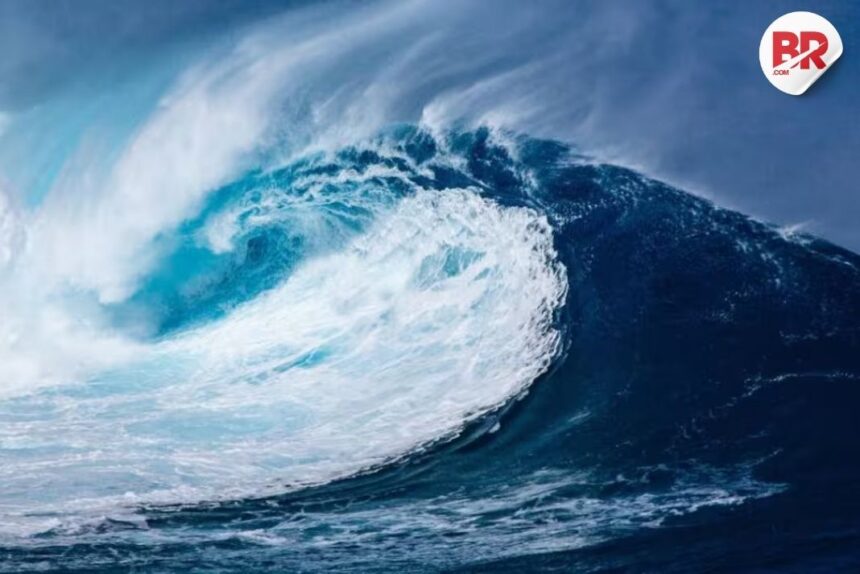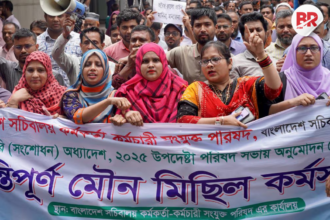
A new study from Virginia Tech has issued a warning that three U.S. states—Alaska, Hawaii, and Washington—could face destructive mega-tsunamis within the next 50 years. These massive waves, caused by powerful earthquakes, landslides, or volcanic eruptions, could threaten millions of lives and cause widespread damage to coastal communities.
A mega-tsunami is different from a regular tsunami because it is triggered by sudden large movements of land or rock into the ocean, such as huge landslides, volcanic collapses, melting glaciers, or even meteorite impacts. These waves can reach hundreds of feet high and flood areas much farther inland than normal tsunamis. One example happened in Alaska’s Lituya Bay in 1936, where a wave reached 490 feet high but luckily the few eyewitnesses survived.

One major concern is the Cascadia Subduction Zone, a fault line stretching from Northern California to Vancouver Island. Scientists say there is a 15% chance of a massive earthquake (magnitude 8.0 or more) occurring there in the next 50 years. Such an earthquake could cause coastal land to sink by over six feet and generate tsunami waves up to 40 feet high, devastating communities along the Pacific Northwest coast in northern California, Oregon, and Washington. Evacuation time could be as short as 10 minutes, making quick response and public awareness crucial.

Alaska faces a double threat from both powerful earthquakes in the Aleutian Islands and climate change, which is causing glaciers to melt and destabilize slopes. This increases the risk of massive landslides into the ocean, which can trigger tsunamis with waves up to 75 feet high that could affect Alaska’s coast and even reach Hawaii.
Hawaii itself is at risk due to active volcanoes like Kilauea, where large sections of volcanic slopes can collapse into the ocean and generate tsunamis. Although less likely than other risks, the dense population along Hawaii’s coastlines makes this a serious concern.
Experts emphasize the urgent need for better preparation, including improved early warning systems, stronger and tsunami-resistant buildings, public education campaigns, and regular evacuation drills. For example, a magnitude 9 earthquake in the Cascadia region could kill over 13,000 people and displace more than a million. Beyond the U.S., rising sea levels caused by climate change increase the risk and impact of mega-tsunamis worldwide. Global cooperation in monitoring seismic activity and sharing early warnings is essential.
In conclusion, Alaska, Hawaii, and the Pacific Northwest face significant risks from mega-tsunamis in the coming decades. However, through careful planning, resilient infrastructure, and public awareness, the devastating effects of these rare but dangerous natural disasters can be reduced. Preparing now is critical to protect lives and communities from these looming threats.












